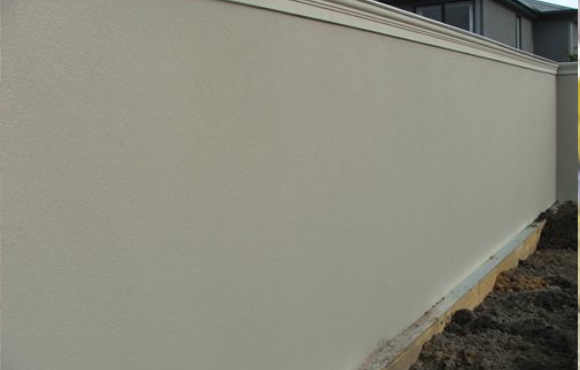A Review Of renderes
A Review Of renderes
Blog Article
They may have a brassy luster to them, a rubber handle and won't pit or rust if unintentionally left in drinking water right away while some desire a regular steal trowel which demands more maintenance but lasts for fairly a long time and the pitting can give it a "bite" that assists when "finishing" (the final pass if the plaster is setting).
An alternate process noticed in older houses of forming a rounded or bullnosed corner employs a quirked wooden employees bead. The staff members bead, a 1-inch dowel with approx 1/three shaved from the again, is ready within the external corner because of the joiner on internet site, fastened to picket plugs set into your brick/block seams, or on the Wooden frame.
Working with a small quantity within the trowel, implement the plaster on the wall With all the Device held in a low angle to your area.
Sponge is usually a variant texture technique and utilised Generally on ceilings and from time to time in closets. Usually when using a sponge; sand is additional to the mix and the system is called sand-sponge.
As soon as the bottom is amount, setup the blocks into a rectangular shape. You’ll have noticeable traces exactly where the blocks butt alongside one another on two sides.
The scouring on the floating coat is of terrific importance, for it consolidates the material, and, Moreover hardening it, prevents it from cracking. It is completed by the plasterer by using a hand float that he applies vigorously that has a rapid circular movement, simultaneously sprinkling the operate with drinking water from a inventory brush in one other hand.
The second coat is usually a slightly weaker blend 5/one/1, or similar to the base coat with maybe a drinking water- proofer in the combo included to your h2o to attenuate efflorescence (soaring of salts). Some plasterers used lime putty in next coat as an alternative to dehydrated lime in the render. The mortar is placed on about five mm thick and once the render hardens is screeded off straight. A wood float or plastic float is utilized to rub down the walls. Historically, water is splashed on walls utilizing a coarse horsehair plasterers brush accompanied by promptly rubbing the float within a round or figure 8 motion Though a determine of 8 can depart marks. Several modern plasterers make use of a hose using a special nozzle with a high-quality mist spray to dampen walls when rubbing up (using a wood float to convey a reliable finish). Employing a hose brings a top-quality end and is a lot more dependable in colour as There's more prospect in catching the render ahead of it's a chance to harden an excessive amount. After the work spot is floated, the floor is completed using a damp sponge using the identical system as floating with a wood float, bringing sand towards the surface to offer a clean reliable finish.
Plasters are utilized in successive coats or layers on walls or lathing and gains its title from the quantity of these coats.
To plaster walls like the gurus — and end up getting an expert end, you need to dial in on Doing work thoroughly and concisely.
For inside walls, two coats could be the normal and follows a similar system as for external rendering but by using a weaker mix of 5 or 6 sand to 1 cement and just one lime. On the other hand, in place of being concluded with a sponge, the second coat is still left tough and occasionally is going to be scored by nails inserted from more info the float. Following drying, the surface area is then scraped to eliminate free grains of sand in advance of plastering.
Though most instruments have remained unchanged above the centuries, developments in modern elements have led to some modifications. Trowels, initially made from metal, at the moment are obtainable inside of a polycarbonate materials which allows the application of particular new, acrylic-dependent products without staining the finish.
Laths were formerly all created by hand. Most are actually created by equipment and so are known as sawn laths, People produced by hand being referred to as lease or riven laths.
Begin with plaster tape to address the joints, after which you can use scissors to make sure the perimeters are neat as possible. You don't want any excessive product here, as it will interfere with the process.
Lease laths give the top final results, since they break up in a very line with the grain on the wood, and they are much better and never so liable to twist as machine-created laths, some of the fibers of which are frequently Reduce in the whole process of sawing.
